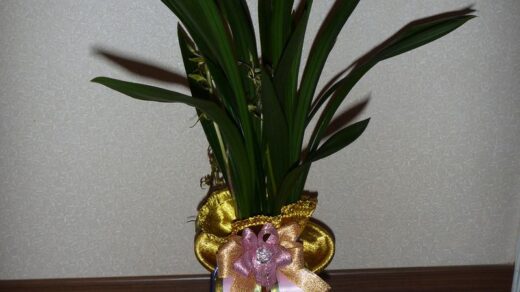Drinking is a very important part of Korean business culture in particular and Korean culture in general. Koreans think that it is important to know someone well in order to do business with them and believe that drinking together is the best way to get to know someone. The feature article in the Fall 2004 issue of this eZine gave an explanation of Korean drinking culture. This article continues with the topic but focuses on the various types of alcohol commonly consumed in Korea.
There are three words to describe alcohol in Korean – "sool", "joo", and "ahl-kol". Sool is a word of Korean origin and is used when talking about alcoholic beverages or drinking in general. Joo is a word of Chinese origin and is used only in the names of some alcoholic beverages. The word ahl-kol is borrowed from English and is used only when talking about alcohol in the scientific or medical sense.
Alcoholic beverages are classified as being Korean or Western. Western alcoholic beverages are referred to as "yang-joo" in Korean, which is a literal translation. Korean alcoholic drinks don't have a special term to describe them specifically as Korean.
Western Alcoholic Beverages (Yang-Joo)
-
"Mek-joo"
Mek-joo is Korean for beer. Mek-joo is common and popular in Korea. Both Korean beer and a limited range of imported beer are available. Korean beer is sold in aluminum cans, glass bottles, in plastic bottles up to 1.6 liters (54 oz.), and on tap. Imported beer is sold in long-neck glass bottles and generally not on tap. Korean beer is sold on tap at Korean bars and in cans or bottles at restaurants. Nightclubs and cafes tend to sell imported beer in long-neck glass bottles. Imported bottled beer would probably be available at Korean bars, but probably not at most Korean restaurants. -
"Wa-in"
You'd be well-advised to steer clear of Korean-made wine. At worst you'll get grape juice mixed with industrial alcohol, and at best you'll get a poor quality wine made by an inexperienced wine-maker from grapes grown by an inexperienced grower. The selection of imported wines was traditionally very poor but this has completely changed in recent years. The availability of quality imported wines has improved dramatically as Koreans have started to acquire an interest in and appreciation for wine. Expect to pay a bit more than you would at home for wine. -
"Wis-kee"
Obviously, wis-kee is Korean for whiskey. Whiskey is common and popular in some circles but tends to be expensive — and can be incredibly expensive depending on where you buy it. Korean-made whiskey is available but reportedly not of a high standard. Quality imported whiskey is widely available but, as mentioned, does tend to be pricey. -
Cocktails
A limited selection of cocktails are available from nightclubs and hotels. -
Other
Other liquors are available but are not common.
-
"Soju"
Soju is undoubtedly the most representative Korean alcohol. Soju is a drink similar to Japanese sake but with a much less-refined flavor, to put it euphemistically. The alcohol content is about 22% and it is drunk in shot glasses. A restaurant can add flavors such as cherry or lemon to take the edge off but this is considered strictly for the ladies. Real men drink their soju straight. The fact that soju is also sold in tetra packs with a straw attached, just like fruit juice, will probably amaze you as it did me when I first saw it. -
"Baek-se-joo"
Baek-se-joo translates as "100 year alcohol". It is a rice wine with extracts of various health-giving herbs. The name refers not to the length of time the drink is aged but to the age to which drinkers will live. At around 15% alcohol content, it not quite as strong as soju and is much gentler on the palate. You may find baek-se-joo to your liking. -
"Oh-ship-se-joo"
Oh-ship-se-joo is simply a 50-50 mixture of baek-se-joo and soju. It is drunk by Koreans when the occassion calls for something better than soju but the budget does not allow for straight baek-se-joo. "Oh-ship" means 50 in Korean, hence the name. -
"Mahk-kohl-lee"
Mahk-kohl-lee is a type of Korean rice wine. It has an alcohol content of around 6%, is sweet and has cooked rice grains floating in it. Mahk-kohl-li is generally not consumed in eating or drinking establishments but rather at gatherings of family or friends. It is quite cheap and therefore popular with young people. -
North Korean Alcohol
North Korean-made alcohol may be available for sale in a small number of shops in South Korea. Don't expect much in terms of quality. It is best drunk for the experience and best given as a gift for the novelty.



